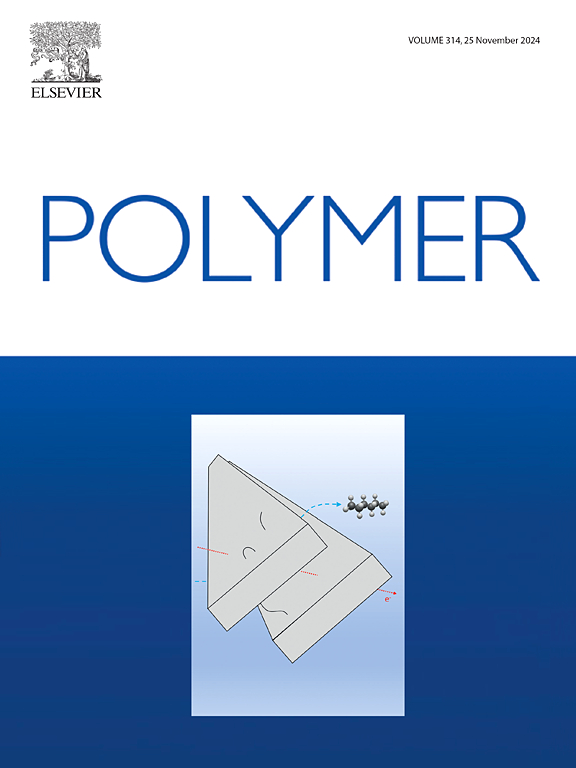Hollow fiber with hierarchical loose cellular pores for treating textile wastewater
IF 4.1
2区 化学
Q2 POLYMER SCIENCE
引用次数: 0
Abstract
Hollow fiber membrane (HFM) has been widely used to purify waste dye water. The nanoporous skin of HFM usually provided high rejection to dye molecules, however, it suffered from the problem of conflict between high flux and rejection. In this study, a foaming layer was constructed in hollow spongy fiber (HPF) via coupling the non-solvent induced phase separation (NIPS) with polymer foaming. The boundary condition of cavity appearance was closely related with generated CO2 diffusion. Based on theoretical analysis of phase-diagrams, the increased gas diffusion promoted instantaneous demixing. The enhanced thermodynamic instability would benefit CO2 nucleation and growth, resulting in hierarchical cellular structure. CO2 bubble diffusion broke the free barrier of gel rich-phase, achieving interconnected nanopores on each cell wall. This spongy nanopores located on foaming layers provided absorption sites for dye molecules, generating a layer by layer absorption and interception effect to dye. The as-prepared HPF membranes exhibited a high dye rejection (<98.2 %) and a high flux (24.4 L m−2h−1) to Rhodamine B. This proposed coupling principles of bubble nucleation and phase-separation would help to design high-performance HFM with pores optimization.

求助全文
约1分钟内获得全文
求助全文
来源期刊

Polymer
化学-高分子科学
CiteScore
7.90
自引率
8.70%
发文量
959
审稿时长
32 days
期刊介绍:
Polymer is an interdisciplinary journal dedicated to publishing innovative and significant advances in Polymer Physics, Chemistry and Technology. We welcome submissions on polymer hybrids, nanocomposites, characterisation and self-assembly. Polymer also publishes work on the technological application of polymers in energy and optoelectronics.
The main scope is covered but not limited to the following core areas:
Polymer Materials
Nanocomposites and hybrid nanomaterials
Polymer blends, films, fibres, networks and porous materials
Physical Characterization
Characterisation, modelling and simulation* of molecular and materials properties in bulk, solution, and thin films
Polymer Engineering
Advanced multiscale processing methods
Polymer Synthesis, Modification and Self-assembly
Including designer polymer architectures, mechanisms and kinetics, and supramolecular polymerization
Technological Applications
Polymers for energy generation and storage
Polymer membranes for separation technology
Polymers for opto- and microelectronics.
 求助内容:
求助内容: 应助结果提醒方式:
应助结果提醒方式:


